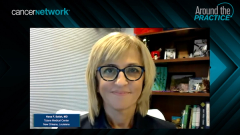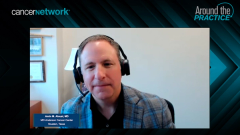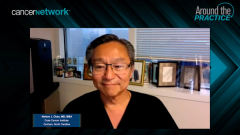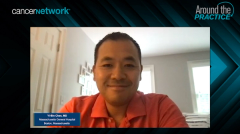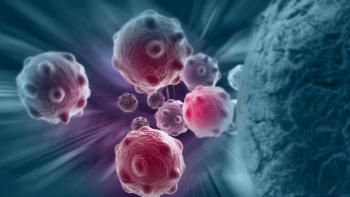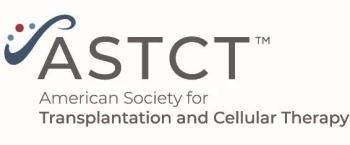
Future Directions in Graft vs Host Disease Management
Closing out their panel on GVHD management, expert hematologist/oncologists share their hope for future evolution in the treatment landscape.
Episodes in this series

Transcript:
Yi-Bin Chen, MD: We’ve all been excited about these new approvals. How to sequence them, how to combine them, how to discontinue them, and the duration: these are all topics that we’ve talked with each other about at national settings. I think, in the future, trying to figure out which phenotype¾be it either clinically or biologically¾ responds to what therapy preferentially will be a huge priority.
We’re going to wrap up. It’s been a really interesting discussion on the updates in acute and chronic graft versus host disease [GVHD]. Before we go, I’d like to ask each of my colleagues to tell us, in a minute or less, what he or she is most excited about in the next couple of years in this field. What are you looking forward to? What is really exciting? Nelson, why don’t you go first?
Nelson J. Chao, MD, MBA: I would say 3 things. One I think is understanding epithelial cell damage, which starts this whole process. The second is to understand the microbiome and what it is doing, and how we can manipulate the microbiome in terms of setting up GVHD as well as potentially treating GVHD with fecal transplants. Lastly, I think we’re getting closer to cellular engineering, where we potentially can separate GVHD from GVL [graft vs leukemia] whether it’s PCT [procalcitonin] regs [regulatory cells], or depleting naive T cells, depleting alpha beta T cells. I think we’re going to get closer to these answers.
Yi-Bin Chen, MD: Awesome. Hana, how about you?
Hana F. Safah, MD: I would love to hear more about how to differentiate between GVHD and GVL so that we can see what cell population we can target, maybe how to expand T regs more when looking at end cases. I want more studies about how to separate them. I would love to have more GVHD studies to see different end points than the ones we have right now. We need to look at free survival more. We need to make free survival an end point. Different from the way we are presenting it in clinical trials now, whether it’s acute or chronic. I would like to hear more from the patients’ point of view. We do studies, but we don’t include quality of life. These points are very important to patients and to us. When we look at, “Oh we have to prevent relapse and the patient is not doing well with that,” maybe we should include patients in what we study when it comes to GVHD, especially chronic GVHD, and look at different measures that are more important to patients.
Yi-Bin Chen, MD: And Amin?
Amin M. Alousi, MD: I love my job as a transplant physician who specializes in treatment of GVHD, but I long for the day when I’m put into retirement because there won’t be GVHD anymore, specifically chronic GVHD. I think we are making headway in understanding ways we can lower the rates of chronic GVHD, such as with various strategies including post-transplant cyclophosphamide and better donor selection. There’s a lot of effort being done looking at artificial intelligence, in terms of identifying best donors, and perhaps GVHD prophylaxis. I do look forward to the day where we’re better at what we’re doing and reducing the rates of chronic GVHD. I’m looking forward to someday forced retirement because there will be a lack of patients lined up in the GVHD clinic.
Yi-Bin Chen, MD: I couldn’t agree more with all of my colleagues. All of you can feel the excitement in the field. There certainly have been significant advances over the last 5 years. We look forward to the next 5 or 10 years with great excitement. All of this will hopefully translate into improved outcomes for our patients, which is the ultimate goal. Thank you all for your attention today. Please take care.
Transcript edited for clarity.
Newsletter
Stay up to date on recent advances in the multidisciplinary approach to cancer.


